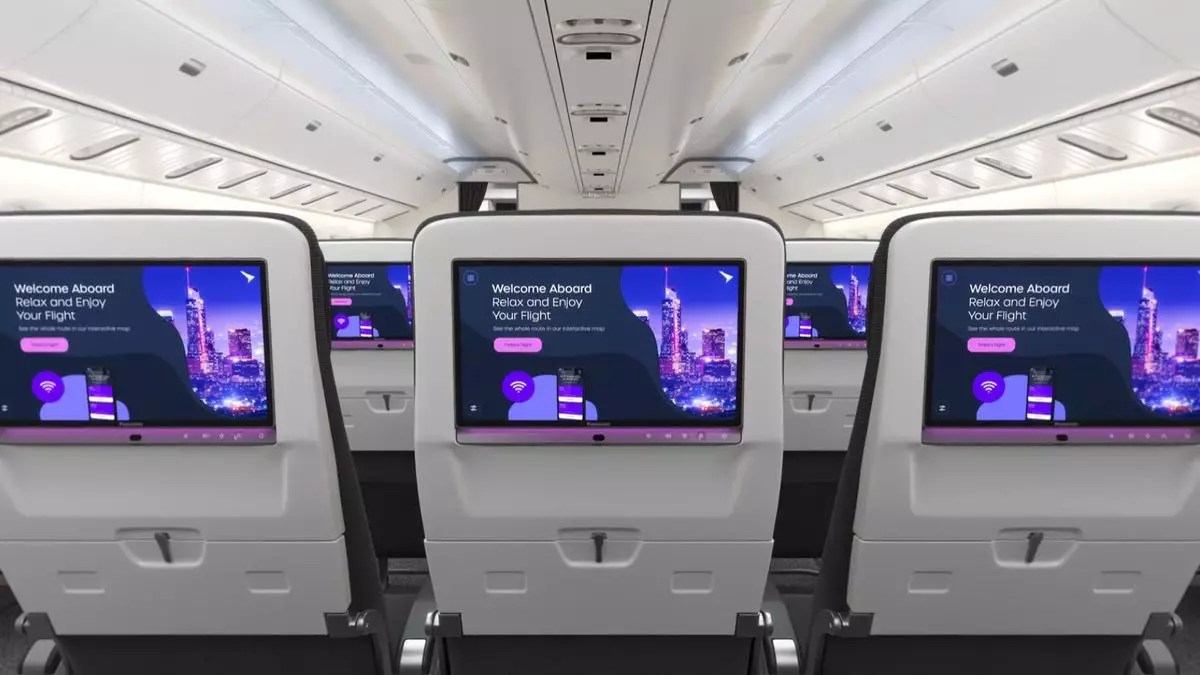Flying in economy class has never been a pleasant experience for most travelers, especially those who are tall and have to deal with uncomfortable seats and subpar in-flight entertainment. However, with the introduction of Panasonic Avionics’ Astrova in-flight entertainment system, things are about to change for the better. Gone are the days of woeful low-resolution LCD screens with terrible contrast ratios and poor color reproduction. The future holds promise with 4K OLED screens that offer superior viewing angles, HDR support, and multi-channel audio.
The switch to OLED screens not only improves color reproduction and contrast ratios but also minimizes motion blur, making the viewing experience more immersive and enjoyable. Unlike LCD screens, OLED screens perform well in both well-lit and dark environments, providing a seamless transition from day to night viewing. The inclusion of HDR technology ensures deeper blacks and a better balance between different lighting conditions, further enhancing the overall viewing experience.
One of the most exciting features of the Astrova system is its support for Bluetooth connectivity and multi-channel audio. This means that travelers can now enjoy a truly immersive audio experience without the hassle of dealing with wired headphones and adapters. The ability to connect noise-canceling headphones directly to the system via Bluetooth is a game-changer for frequent fliers who value peace and quiet during their flights.
In addition to enhanced audio capabilities, the system also includes USB-C ports with 100W power delivery support. This feature allows passengers to keep their devices charged throughout the flight, whether it’s a laptop, gaming handheld, or wireless earbuds. The convenience of having USB-C ports available onboard eliminates the need to carry multiple adapters and ensures that passengers can stay connected and entertained throughout their journey.
The Astrova in-flight entertainment system is set to debut on Icelandair’s Airbus A321 Neo LR aircraft, with business class passengers enjoying 16-inch OLED monitors and economy class passengers receiving 13-inch monitors. Additionally, Australia’s Qantas will be incorporating the system into its ultra long-haul aircraft, providing passengers with a top-of-the-line entertainment experience on flights nearing the 20-hour mark.
Overall, the future of in-flight entertainment looks bright with the introduction of the Astrova system. Travelers can look forward to a more enjoyable and immersive flying experience, with cutting-edge technology that enhances both the viewing and audio aspects of in-flight entertainment. With features like 4K OLED screens, HDR support, Bluetooth connectivity, and USB-C ports, the Astrova system sets a new standard for in-flight entertainment and redefines the way passengers experience air travel.


Leave a Reply